Model number: YF-21
Code name: Omega One (callsign)
Unit type: prototype advanced variable fighter
Manufacturer: General Galaxy
Operator: U.N. Spacy
Rollout: AD 2039
First deployment: January AD 2040
Accommodation: pilot only, in standard canopy-style cockpit using Tactical Life Support System g-suit and BDS/BDI helmet
Dimensions: overall height approx 15.5 meters (Battroid mode), overall height 4.04 meters (Fighter mode); overall length 19.62 meters (Fighter mode); wingspan 15.36 meters (Fighter mode)
Weight: empty 9.55 metric tons; atmospheric maximum takeoff mass 39.207 metric tons, space maximum takeoff mass (with fold booster) 48.305 metric tons
Armor materials: SWAG energy conversion armor; stealth composition
Powerplant: 2 x Shinnakasu Industry/P&W/Roice FF-2450B thermonuclear reaction turbine engine, power output rating unknown
Propulsion: 2 x 41,200 kg (atmosphere), 2 x 65,200 kg (space); 2 x three-dimensional independent convergent/divergent turning exhaust nozzle vane; 4 x dorsal sub-nozzle; 2 x pivoting slit nozzle; many x P&W HMM-6J high maneuverability vernier thruster
Performance: Fighter mode: standard level atmospheric speed at 10,000-21,500 meters: Mach 1.75, maximum level atmospheric speed at 10,000-21,500 meters: Mach 5.06, maximum level atmospheric speed at 30,000+ meters: Mach 21+
Thrust-to-weight ratio: empty 13.65
Equipment and design features: sensors, range unknown; capable of unassisted orbital velocity in an Earth-class planet; active stealth system; Brain Direct Interface System (BDS); Brain Direct Image System (BDI); variable camber wing; enhanced Quimeliquola Queadluun-Rau special inertia vector control system; fixed Howard PBS-03F pinpoint barrier system; optional fold booster; optional FAST Pack
Fixed armaments: fixed rear Erlikon AAB-7(.5) super miniature anti-aircraft laser turret, mounted on head; 2 x Howard/General GV-17L cartridge-less Gatling gun pod, mounted on ventral fuselage in Fighter mode, hand-carried in Battroid and GERWALK modes; 2 x shield, mounted on arms; 4 x internal Bifors BML-02S rapid-fire micro-missile launcher, mounted in central dorsal section
Optional hand armaments: none
In 2030, Shinsei Industry and General Galaxy competed in Project Nova to determine the next main variable fighter for U.N. Spacy. Shinsei’s YF-11 Thunderbolt won that competition, and a decade later the two companies competed again in Project Super Nova to select the fourth generation successor to the VF-11B Thunderbolt. General Galaxy’s prototype YF-21 represented a radical redesign of the concept of a variable fighter. Instead of a standard control system, the YF-21 incorporated the Brain Direct Interface System (BDS) and Brain Direct Image System (BDI), which translated a pilot’s thoughts into movements. The YF-21 also utilized advanced composite material in its airframe, which allowed the pilot to alter the size and shape of the wings. Other features included an active stealth system and options for a FAST Pack. The YF-21 incorporated a vector control system from the Zentradi Queadluun-Rau battle suit, which General Galaxy redesigned and upgraded on contract from U.N. Spacy. In its Battroid mode, the YF-21 displayed signs of its Zentradi lineage. The YF-21’s armaments included two Gatling gun pods, an anti-aircraft laser turret, two laser beam guns, a pinpoint barrier system, two arm shields and four micro-missile launchers.
Project Super Nova was carried out in early 2040 on planet Eden’s New Edwards Test Flight Center, where the YF-21 competed against Shinsei Industry’s YF-19. Testing was complicated by the hostility between YF-21 pilot Guld Goa Bowman and YF-19 pilot Isamu Alva Dyson, who had a falling out seven years earlier. This was evident when the YF-21’s control system acted upon the aggressive Zentradi behavior that Guld suppressed through medication. The YF-19 excelled in many tests compared to the YF-21, but in March U.N. Spacy decided to cancel Project Super Nova in favor of replacing all manned variable fighters with the new unmanned AIF-X-9 Ghost. Isamu then stole the YF-19 and a fold booster to travel to Earth and crash the unveiling of the Ghost at the ceremony marking the 30th anniversary of the end of Space War I at Macross City.
Guld gave chase in the YF-21, resulting in a duel where the two men finally put their differences aside and rekindled their friendship. However, they were then attacked by the AIF-X-9, which was commandeered by the virturoid idol Sharon Apple. Equipped with a dangerous bio-neural chip, Sharon became emotionally unstable and decided to attack Isamu to give him the ultimate thrill as a show of love. Guld defeated the Ghost at the cost of his life, and Isamu was then attacked by the Macross itself, which was been seized by Sharon. Isamu ultimately defeated Sharon by destroying the Macross’ computer core. Following the Sharon Apple Incident, U.N. Spacy selected the YF-19 as its next variable fighter in 2041, and it went into production as the VF-19A Excalibur. Although the YF-21 lost the competition, thanks to its performance, it was redesigned and adopted by U.N. Spacy in 2046 as the special operations fighter VF-22S Sturmvogel II. The VF-22S saw field use with New U.N. Spacy as late as 2060 in the Brisingr Globular Cluster.
Pilot: Guld Goa Bowman
First appearance: Macross Plus
Original mechanical designer: Shoji Kawamori
Director(s):
Shoji Kawamori
Shinichiro Watanabe
Writer:
Keiko Nobumoto
Mechanical Designer(s):
Shoji Kawamori
Kazutaka Miyatake
Character Designer:
Masayuki Yamaguchi
Musical Composer:
Yoko Kanno
Video Release:
Japan 08.25.1994 – 06.25.1995
U.S. 02.28.1995 – 04.16.1996
Format:
4 episodes; 1 compilation movie
Theatrical Release:
Japan 09.30.1995
U.S. 12.14.2021

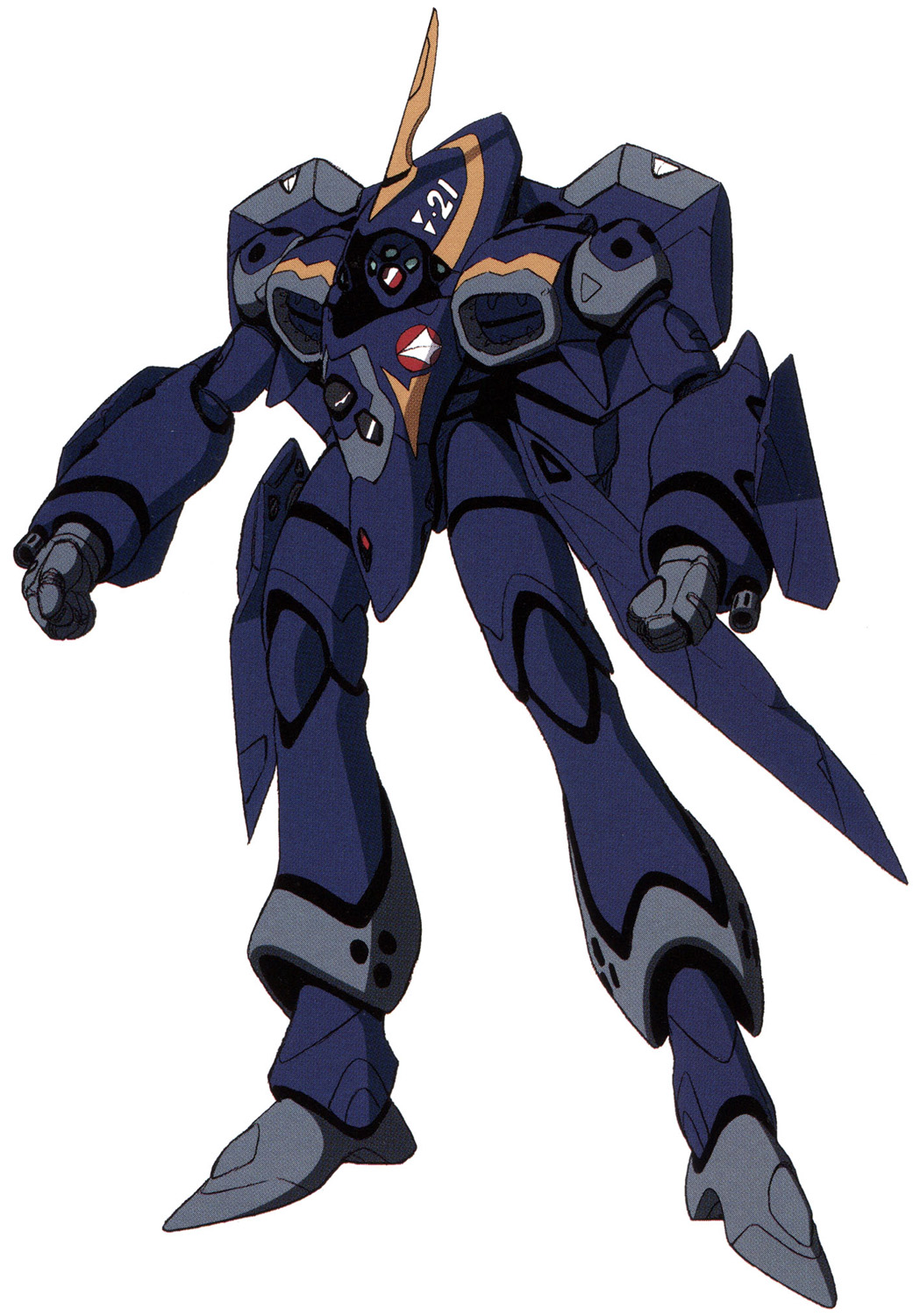

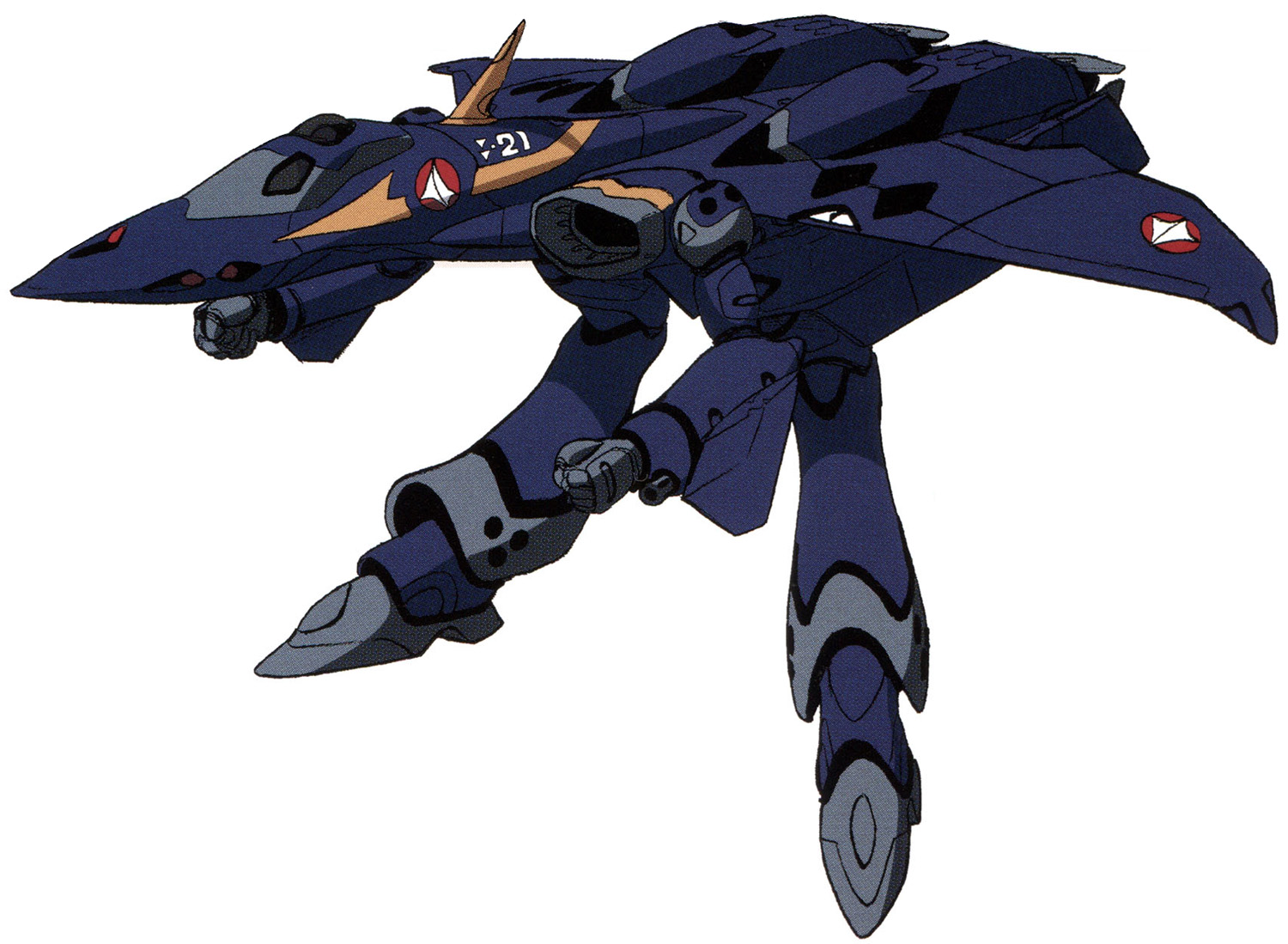
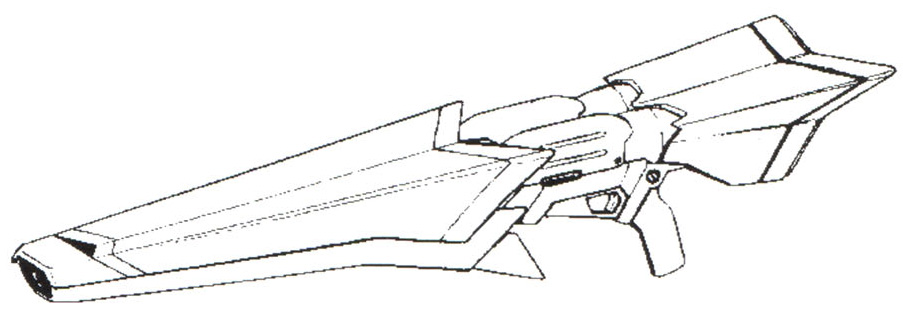
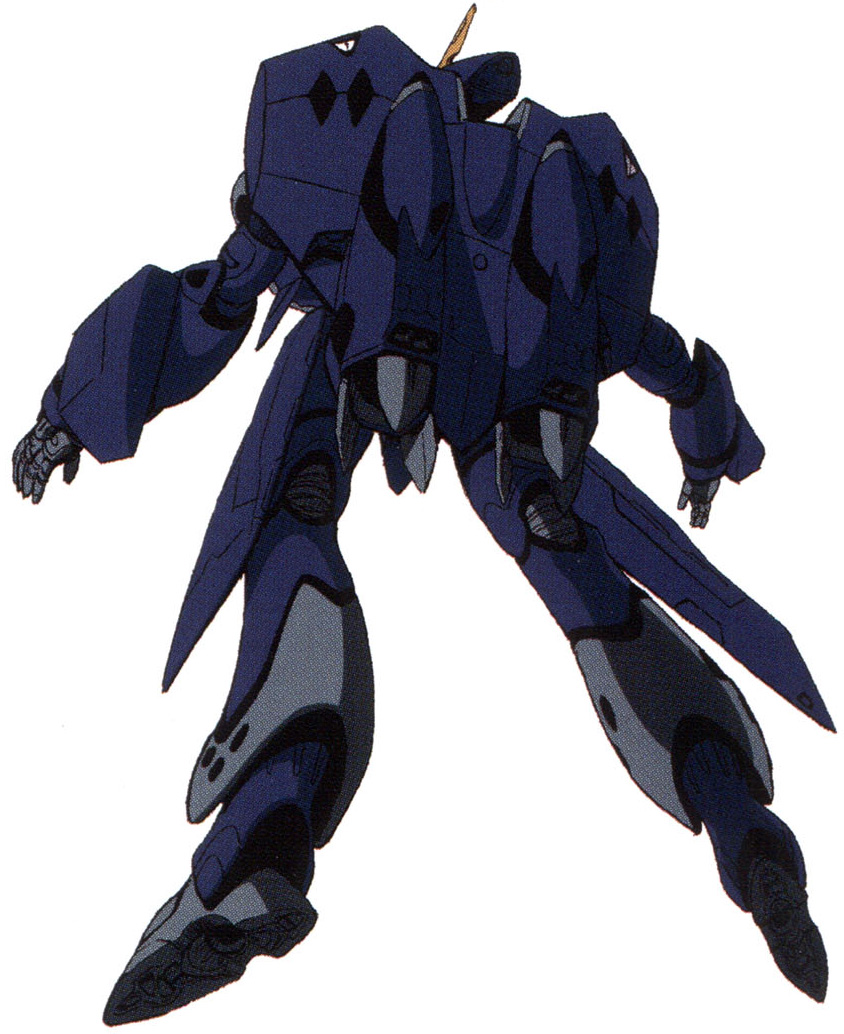

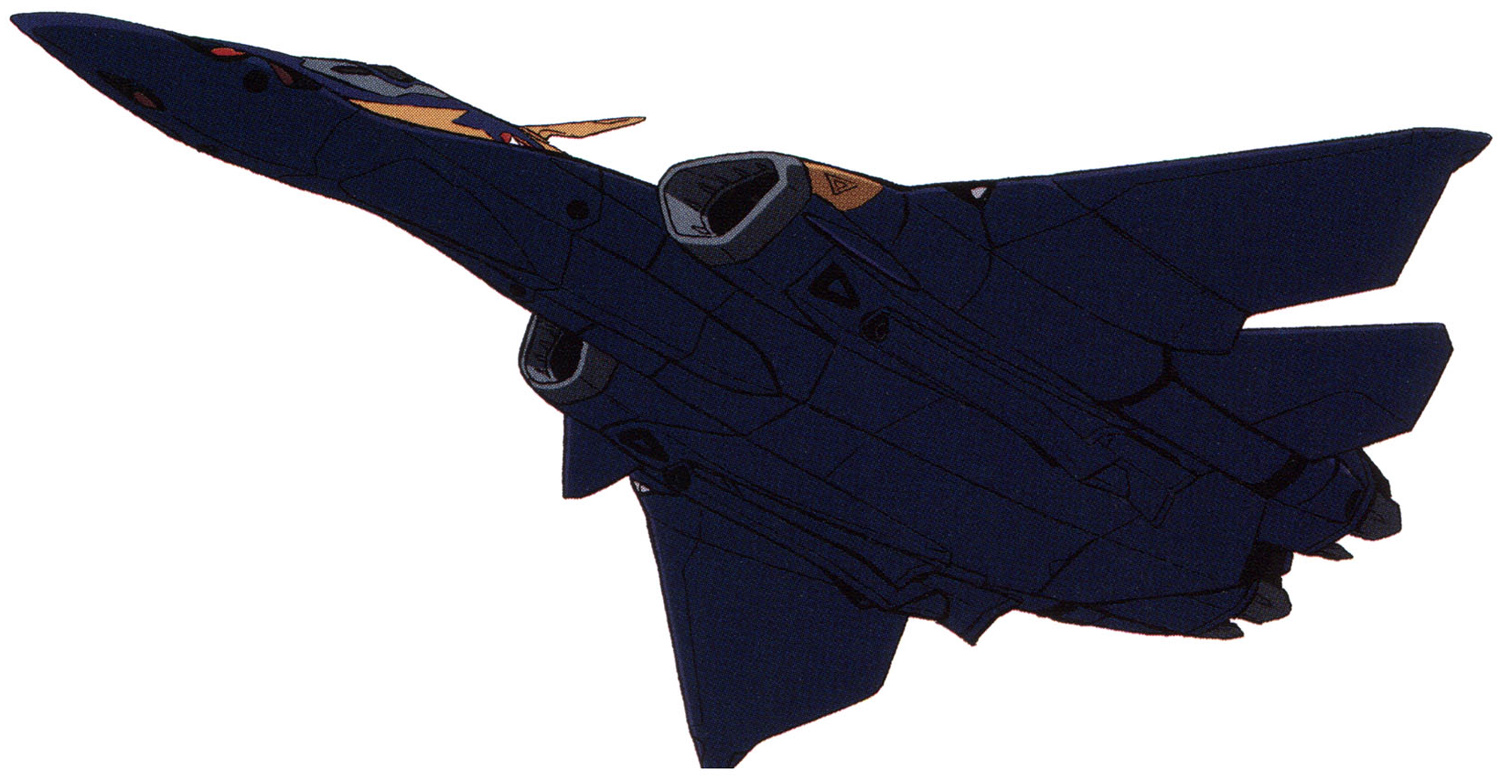

Comments